These are the 10 most beautiful places in Drenthe
Looking for nature, peace and space? Then you are in the right place in the province of Drenthe. We have listed the 10 most beautiful places in Drenthe for you. We bet you will come to rest?!
Veerle Witte
If you're looking for Drenthe places to visit, you’ll find a mix of unspoiled nature, rich history, and unique landscapes. From ancient dolmens and vast heathlands to charming historic towns, Drenthe is a province full of hidden gems. Whether you love hiking, cycling, or discovering cultural landmarks, this region has something for every traveler. Here are 10 of the most beautiful places in Drenthe you won’t want to miss!
1. Drentsche Aa National Park
The Drentsche Aa area is known as the best preserved stream and esdorp landscape in Western Europe. The stream system of the Drentsche Aa is one of the few streams in the Netherlands that has not been straightened, so that it follows its own meandering course for 28 kilometres. The first people lived in the stream valleys more than five thousand years ago. They left behind dolmens, burial mounds and Celtic fields, but also large heathlands and old Saxon farms in esdorpen. More than ten thousand hectares of the area is protected as a National Park.
Tip: follow the forty-kilometre long ANWB cycle route along the course of the Drentsche Aa between Grolloo and Groningen.
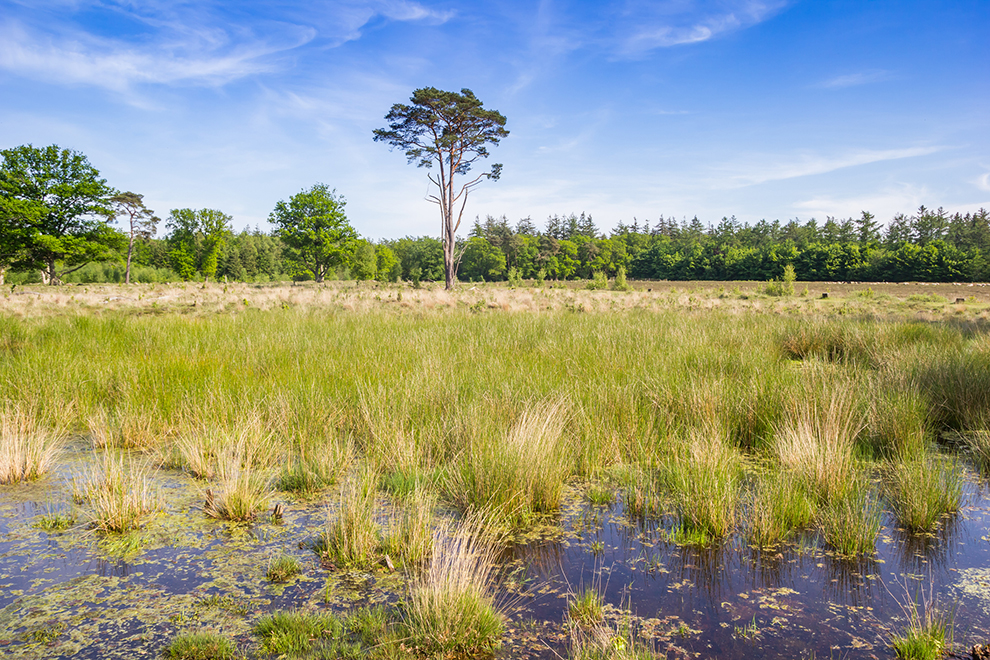 Foto: venemama/iStock
Foto: venemama/iStock
2. Largest dolmen in Drenthe
Next to the Hunebedcentrum is the largest hunebed in Drenthe, and therefore in The Netherlands. The 23-metre-long structure consists of enormous stones, the largest of which weighs over twenty tonnes. This stone came with the ice from Finland about 150,000 years ago. It is still not certain how the hunebed builders managed to stack such heavy stones. The large boulders were probably rolled into place over tree trunks, but even then it sounds like a tough challenge.
Tip: admire the two enormous mammoth artworks across the road.
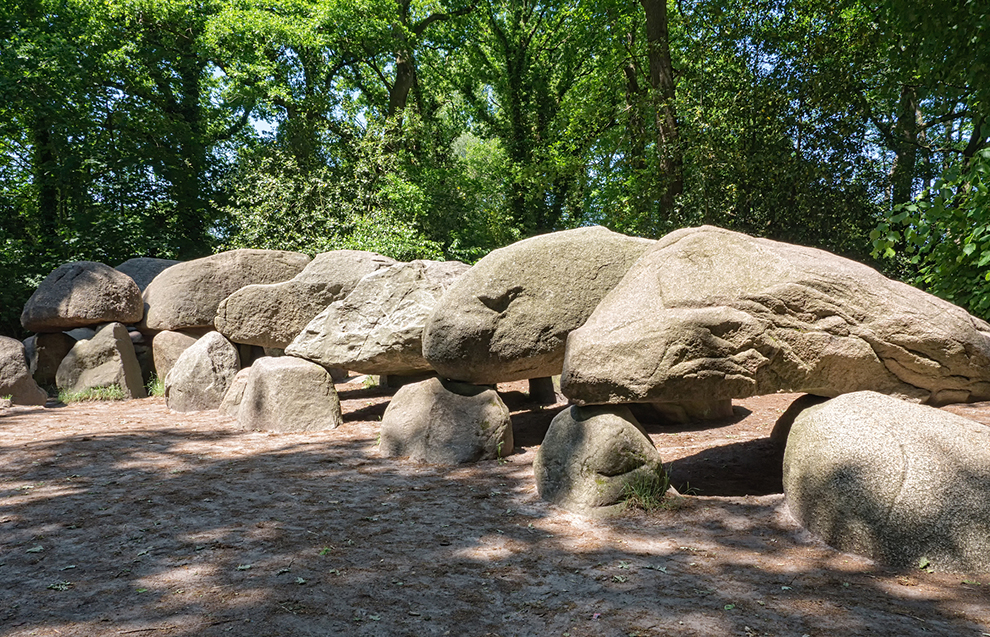 Foto: hipproductions/iStock
Foto: hipproductions/iStock
3. Coevorden Castle
In the centre of the city of Coevorden stands a red eye-catcher: the Castle of Coevorden. In 1024 this castle was built as a fortress for the officials of the county of Drenthe. The then wooden castle was built on a motte, an early medieval artificial hill. The castle has been destroyed many times and the oldest remaining parts date from the 15th century. From 1968 onwards the municipality restored the castle to the situation in the 17th century. During the restorations the original red colour was found on the front facade. Nowadays the castle functions as a hotel, restaurant and sauna.
Tip: visit the Stedelijk Museum Coevorden and learn about the rich history of the city and the castle. Stories lead you through the history of the first viscount to the present.
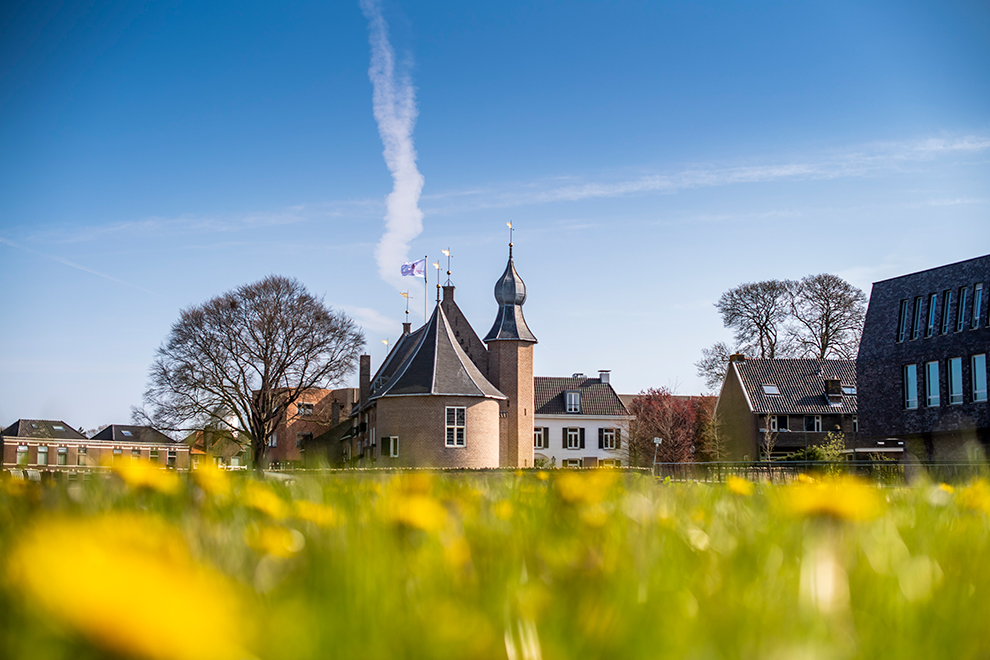 Foto: Kasteel Coevorden
Foto: Kasteel Coevorden
4. Dwingelderveld National Park
The 3,700 hectare Dwingelderveld consists of wet lowlands and high, dry sand ridges. A large part of the more than forty fens in the area were created during peat extraction. There is enough peat left, which makes the Dwingelderveld the largest wet heathland in Western Europe. Part of the area has been in the hands of Natuurmonumenten since 1930, which protects the rare plants and animals in this ecosystem. All three Dutch snake species live here, as well as cotton grass, marsh gentian and orchids. The cranes, woodlarks and other birds attract many birdwatchers to the observation huts and screens.
Tip: take your binoculars to the Davidsplassen hide and Holtveen observation wall. Hidden behind the wooden wall, you can study marsh birds in peace.
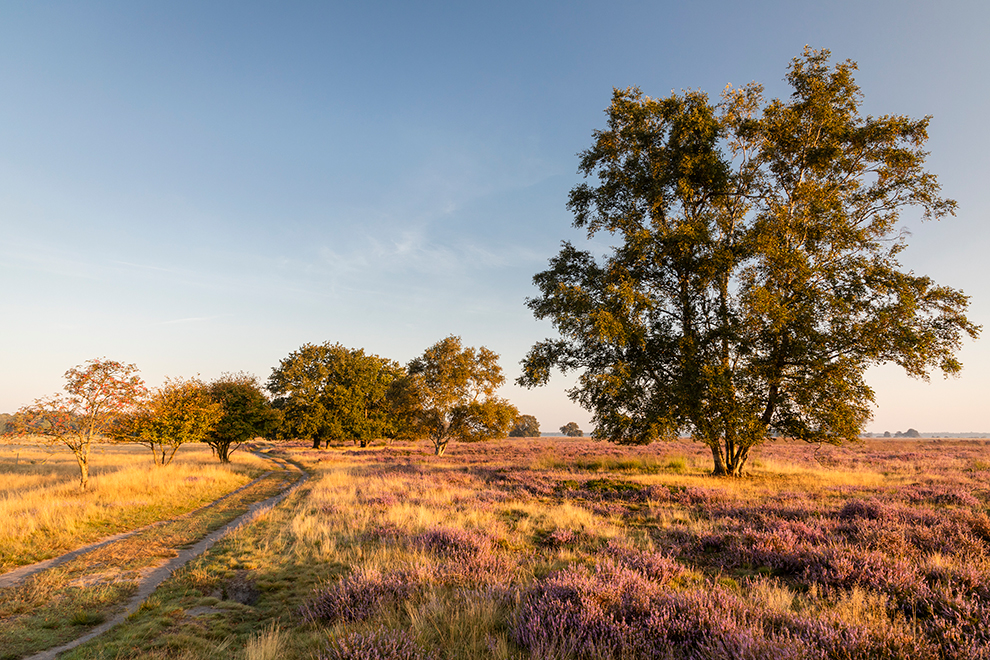 Foto: Karin Broekhuijsen
Foto: Karin Broekhuijsen
5. Historic city center of Meppel
As early as 1141, Meppel was mentioned in a charter from the Dikninge monastery. At that time, Meppel was still a village, which quickly grew into a city as a result of good trade. Ships entered the province via this 'gateway to Drenthe'. The shipping traffic between the Zuiderzee and the provinces of Holland and Zeeland also passed through Meppel. The city still has many canals. At the place where several streams converged, the Mariakerk or Grote Kerk was built in 1422. The Meppeler tower, the mill de Vlijt and old warehouses in the historic city centre have also been preserved.
Tip: take a two-kilometre city walk from Wevershoek to Everdoek and admire all the city's historical sights along the way.
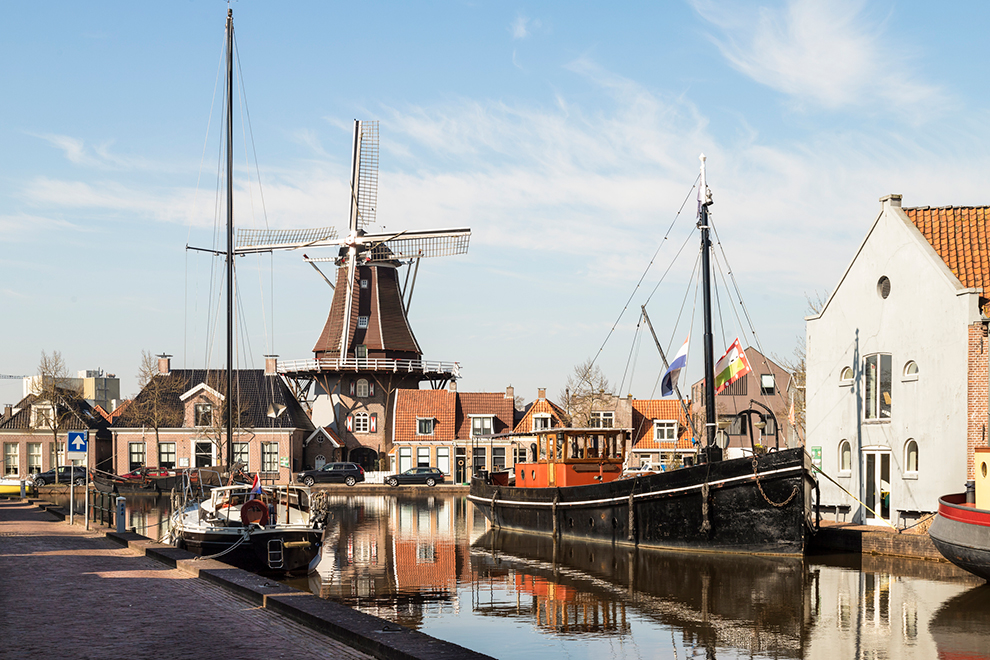 Foto: jan van der Wolf/iStock
Foto: jan van der Wolf/iStock
Did you know that Drenthe is one of the most beautiful provinces for a nice walk? Check the most beautiful walking routes in Drenthe or go with us over Geopark de Hondsrug to the largest Hunnebed of the province!
6. Blue Lake
Anyone who sees a photo of the Blauwe Meer for the first time will probably think that the photographer has used Photoshop a little too fanatically. The water of the recreational lake is namely un-Dutch blue. The lake near Hoogersmilde was created by sucking limestone sand from the ground. The area was easy to reach via the canals and the light-colored sand was very suitable for sale. The sand suction resulted in a lake that is colored azure blue thanks to its great depth.
Tip: take a walk or bike ride through the Leggelderveld nature reserve, where the Blauwe Meer is located.
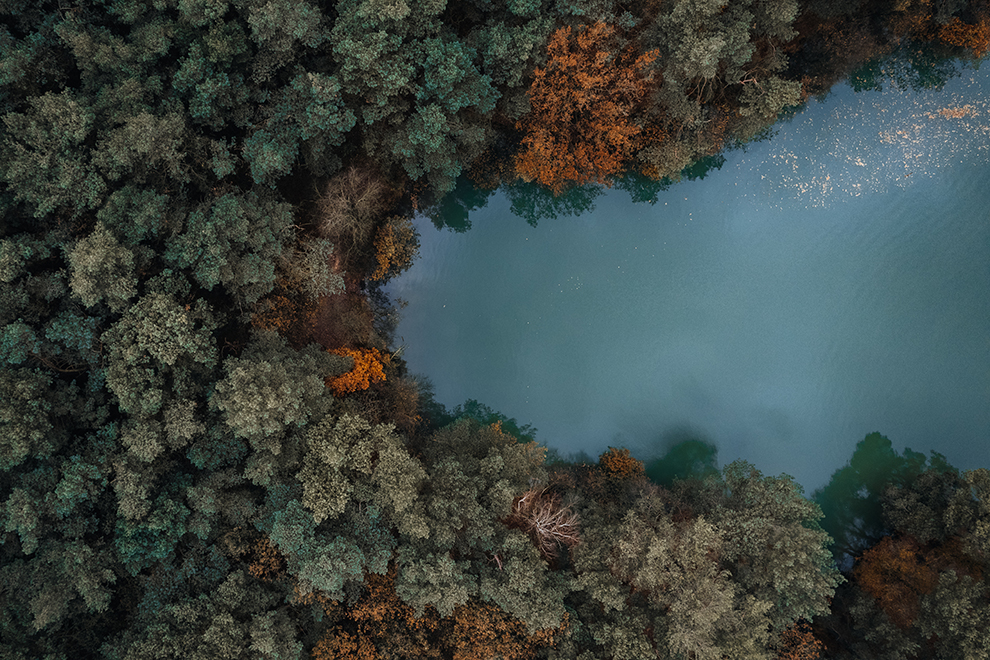 Foto: Marketing Drenthe
Foto: Marketing Drenthe
7. The Van Gogh House
Artist Vincent van Gogh lived and worked in the Scholte lodging house in Veenoord for a few months in 1883. He was inspired by Drenthe scenes from that period for some of his drawings, paintings and watercolours. Van Gogh was very taken with the Drenthe landscape, but decided to return to Nuenen due to loneliness and financial problems. The former Scholte lodging house now houses the Van Gogh House. This house is the only building in the Netherlands where the artist lived that is open to the public. The exhibition 'The roots of a master' provides a glimpse into the painter's youth.
Tip: follow a painting workshop at the location where the master Vincent van Gogh himself painted. Learn about his painting techniques and be inspired by his paintings.
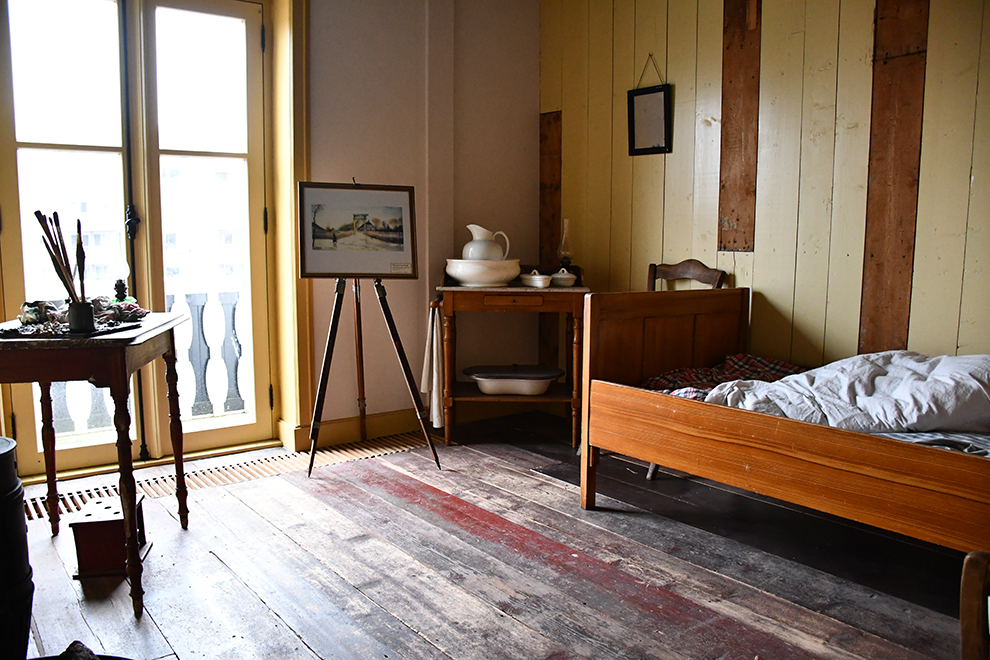 Foto: Het Van Gogh Huis
Foto: Het Van Gogh Huis
8. The Onlanden
The 2,500-hectare water storage area De Onlanden is located between Groningen, Peize and Roderwolde. Thanks to this biodiverse water storage area, the risk of flooding in the surrounding villages and the city of Groningen is reduced. Farmland was bought and converted into wet hayfields and a small swamp forest. Since the start of the project in 2010, many bird species have come to live here. The egret is common, and the corncrake, the bluethroat and the grasshopper warbler are also seen here. The otter also feels at home here, although it is seen less often.
Tip: from the De Onlanden information farm, explore the area on foot or by bike with a forest ranger or climb the 26-metre-high observation tower for a view of the large nature reserve and the city.
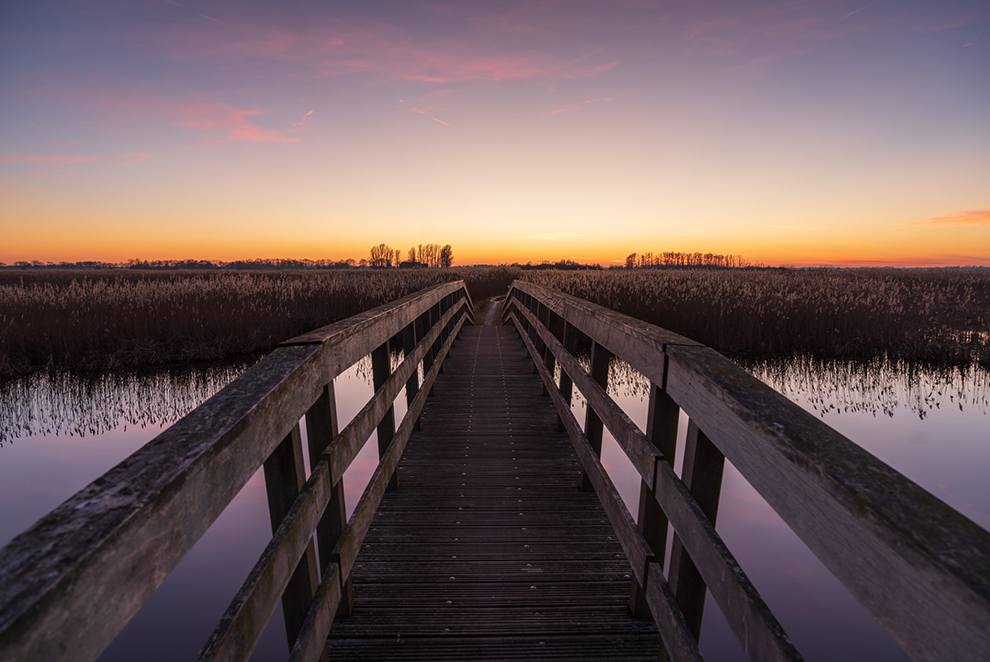 Foto: SanderStock/iStock
Foto: SanderStock/iStock
9. The Reestdal
The border river De Reest forms the border between Drenthe and Overijssel for 35 kilometres. The green Reestdal was an extensive peat area until the Middle Ages. Farmers and monks reclaimed it for arable land and hayfields. They lived on high sand hills, the so-called 'horsten' after which many farms are named. The Reest flows past estates, old farms, heathlands, forests and stream valley grasslands. Thanks to its function as a natural border, the meandering river has never been straightened as other Dutch rivers often are.
Tip: start your discovery of the Reestdal in the information centre in the 't Ende farm in De Stapel.
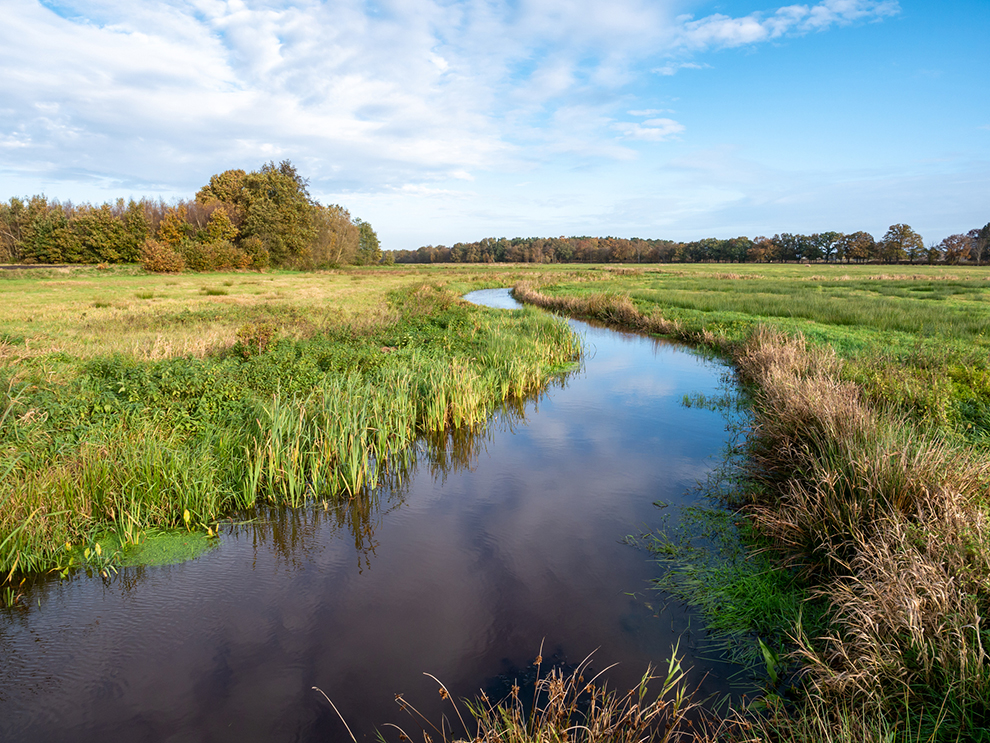 Foto: TasfotoNL/iStock
Foto: TasfotoNL/iStock
10. Camp Westerbork Memorial Center
During World War II, Camp Westerbork was a transit camp from where 102,000 Jews and 245 Roma were sent to concentration and extermination camps in Germany, Poland and the Czech Republic. A memorial centre has been set up on the former camp site. Reconstructions provide an image of the barracks that used to be here and the remains of an old railway line are clearly visible. On the former roll call square, there is a stone in the ground for each of the 102,000 deportees. The gruesome history of the camp during wartime can be felt here.
Tip: also visit the accompanying museum. Here, personal stories of victims, guards, train drivers, neighbors and people who helped Jews are told.
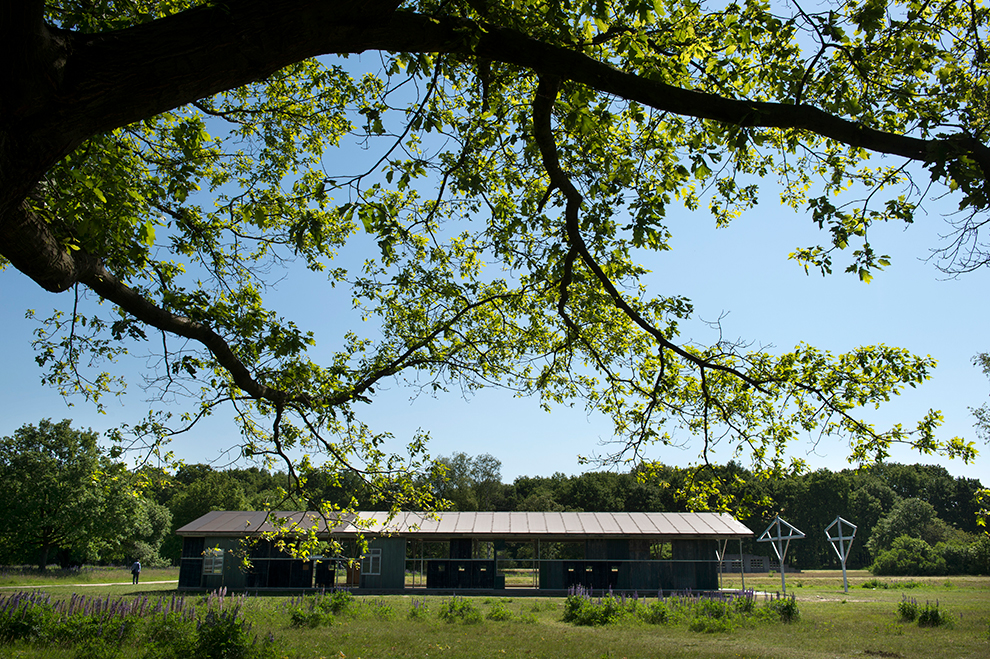 Foto: Sake Elzinga
Foto: Sake Elzinga
As far as we are concerned, these are the most beautiful places in Drenthe. Do you want to discover more places in our own little country?
- 10 most beautiful places in Friesland
- 7 neighborhoods with the most beautiful architecture in Almere
- Unwind in one of the most beautiful regions of Brabant: De Peel
- 5 unique green stays in Almere for a nature-filled getaway
- Discover the most scenic cycling routes in Kempen, Brabant
- 5 things to do around Leeuwarden, Friesland
- Summer in Leeuwarden: what you should do
- 10 must-see places in Almere, The Netherlands
Create your own blog
Easily add stories to your diary in our online editor or app
Add your images and choose your pages layouts
Share your journey in real time without the fuss!





